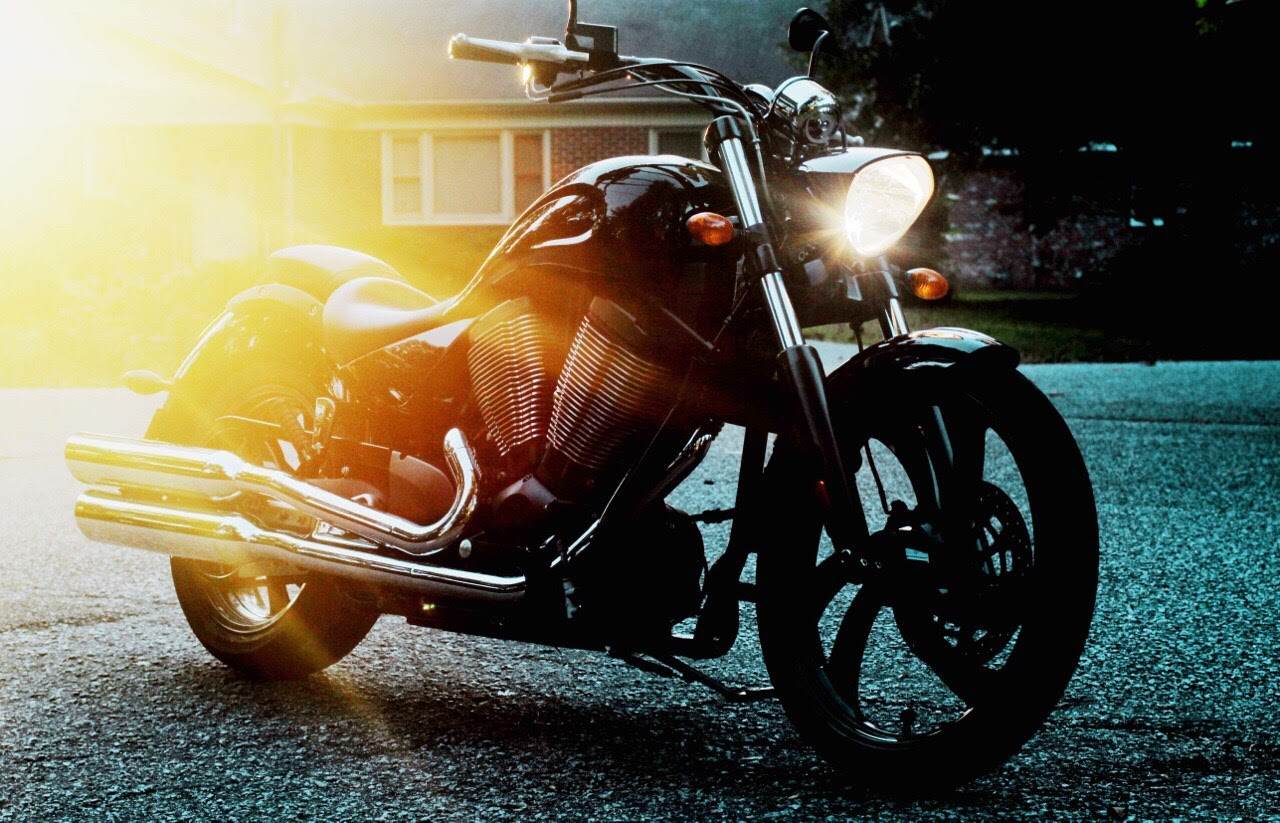
Motorcycle accidents, though not necessarily more frequent than other types of accidents, are more likely to result in serious injury or death. According to the federal government, there were 1,841 motor vehicle accident fatalities in 2017. Of these fatalities, 53.5% were drivers of light-duty vehicles or commercial vehicles. Motorcyclists made up 10.4% of these deaths.These numbers become particularly telling when you consider that licensed motorcyclists make up only 0.02% of all licensed drivers in Canada and most motorcyclists ride their motorcycles for only a portion of the year.i
The statistics are much the same for serious injuries. Transportation Canada defines “serious injuries” as those injuries that lead people to be admitted to hospital for treatment or observation. Of all serious injuries in 2017, motorcyclists made up 12.4% of this figure.
Because of these alarming statistics, it pays for motorcyclists to learn about the most frequent causes of accidents and then use this information to reduce their level of risk.
Cars Making Left-Hand Turns
The single most dangerous situation for motorcyclists occurs when cars are making left-hand turns. These collisions account for 42% of all accidents involving a motorcycle and carii. Although this figure is taken from an American source, there is a high probability that the same holds true for collisions in Canada involving motorcyclists and cars.
Usually, the turning car strikes the motorcycle when the motorcycle is:
- going straight through an intersection;
- passing the car, or
- trying to overtake the car.
These types of accidents are common between two cars as well, but the motorcycle’s smaller size makes it even less visible to the turning vehicle. Moreover, because the motorcyclist is not surrounded by a box of metal and is likely to be thrown far and hard, such accidents are more deadly when riding a motorcycle.
Drivers of cars intending to make a left turn at an intersection also seem to have a difficult time estimating the speed of an oncoming motorcycle – tending to assume that an oncoming motorcycle will take longer to reach the intersection than it does. Once the car driver initiates their turn and the motorcycle is entering the intersection, they perceive the motorcycle to have been speeding because they cannot account for how close it is. There are several theories for this difficulty that car drivers have with their time/distance perception of motorcycles. Whatever the reason, the writer can certainly attest to the injurious results based on the experience of his clients and himself.
Almost always, a vehicle that hits another vehicle while making a left-hand turn will be found at fault for the accident. However, if the straight-through motorcyclist was speeding or is perceived to have been speeding, the motorcyclist may be found partly at fault for the accident. This means the motorcyclist will get less compensation from the driver of the car for injuries and damages caused during an accident.
Motorcycle Lane Splitting
Lane splitting occurs when a motorcycle drives between two lanes of stopped or slowly moving cars, usually in traffic jams. Lane splitting is a common cause of motorcycle accidents due to the close proximity of cars to the motorcycle and the fact that car drivers do not anticipate that any vehicle or motorcycle will be passing them in slowed or stopped traffic.
Lane splitting is illegal in British Columbia. If you are involved in an accident while lane splitting, you will be found at fault, or mostly at fault.
Road Hazards Facing Motorcyclists
Motorcycles face more danger from road hazards than do cars and other vehicles. Due to their smaller size and less stable nature, potholes, slippery pavement conditions, uneven heights between lanes, and other irregularities or unexpected objects in the road pose a serious safety threat to motorcycles.
Safety
Motorcyclists are at far greater risk of suffering a fatality or serious injury on the road than are drivers of cars. Yet, motorcyclists can increase their safety by being aware of the common causes of accidents and taking steps to reduce or avoid the risks. For instance, slowing down even when you have the right of way or flashing your headlight(s) can assist in avoiding an accident with a left turning car in an intersection. Avoiding lane splitting altogether, anticipating road hazards, always making sure that tires are in good shape and avoiding speeding, are all good ways to minimize your risk of serious or fatal injury.
It is also important to note, according to the Canada Safety Council’s statistics on Quebec, mandatory motorcycle training can prevent roughly 46% of rider fatalities.
Legal Representation
If you are involved in a motorcycle accident or know someone who was recently involved in a motorcycle accident, call the Vancouver and Surrey personal injury lawyers at Hoogbruin & Company. Not only are we experienced with representing motorcyclists with their ICBC claims, most of us are experienced riders.
Call today: 1-604-670-7274
